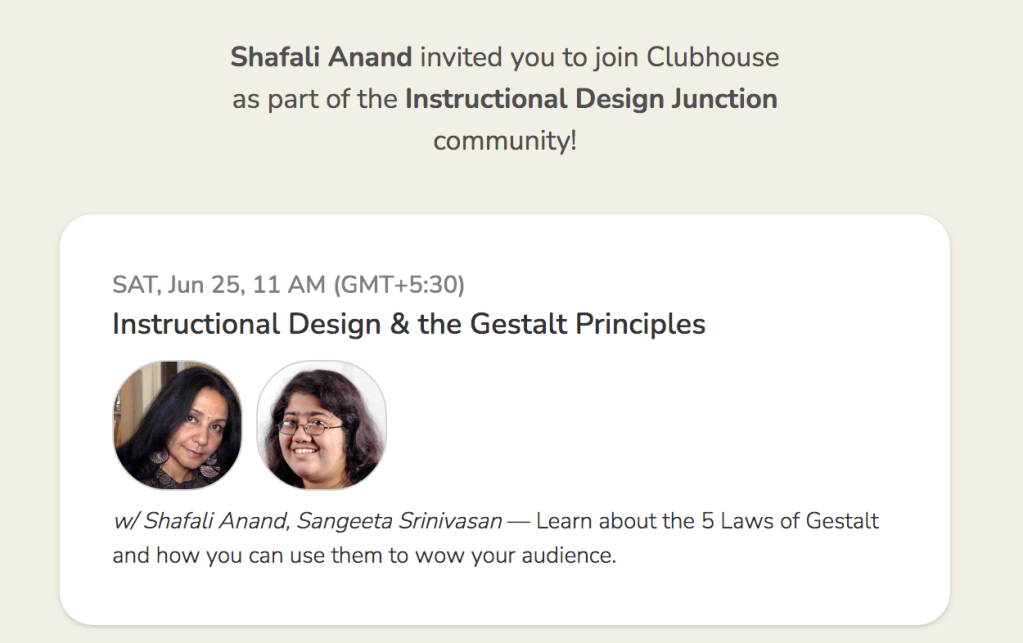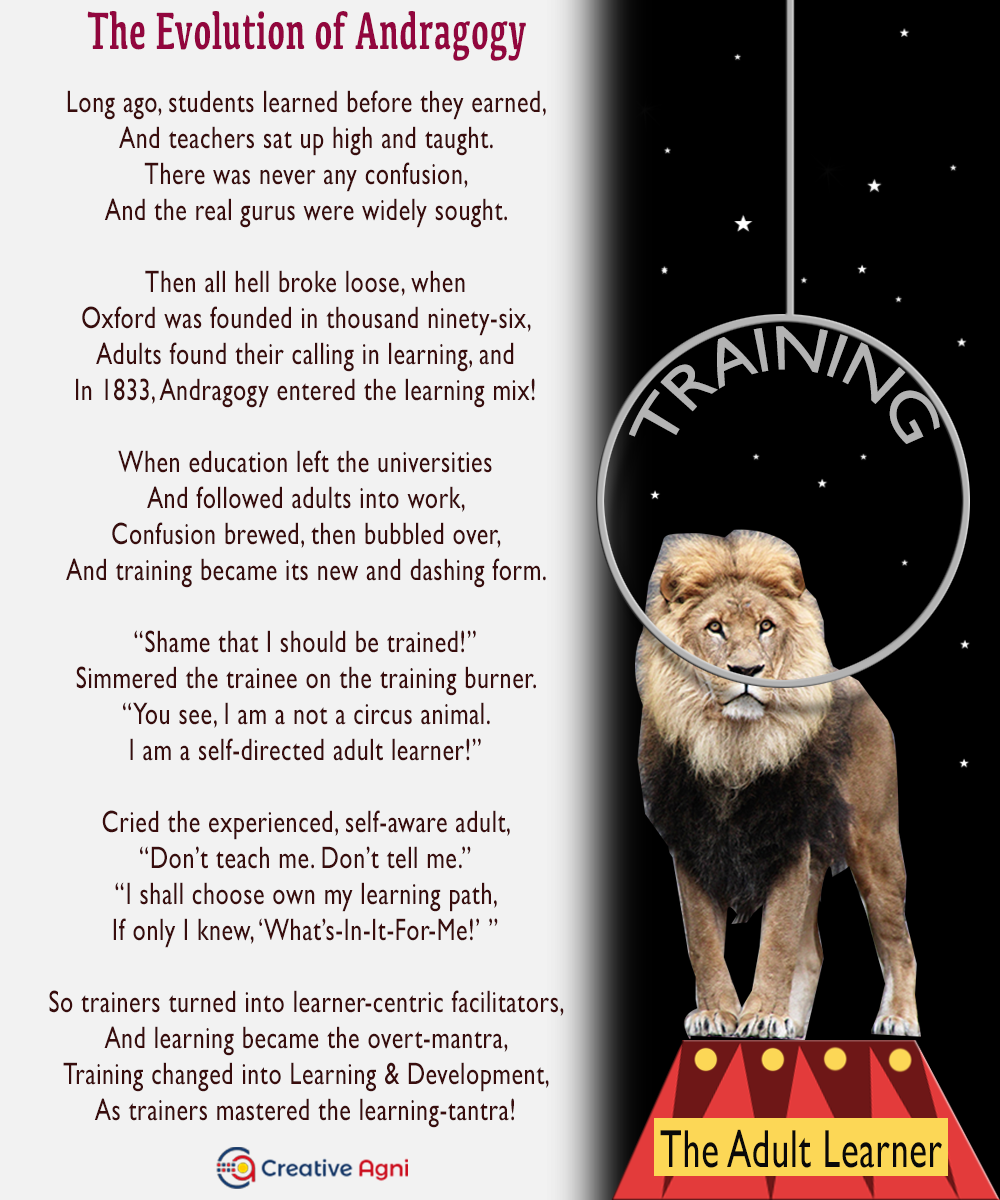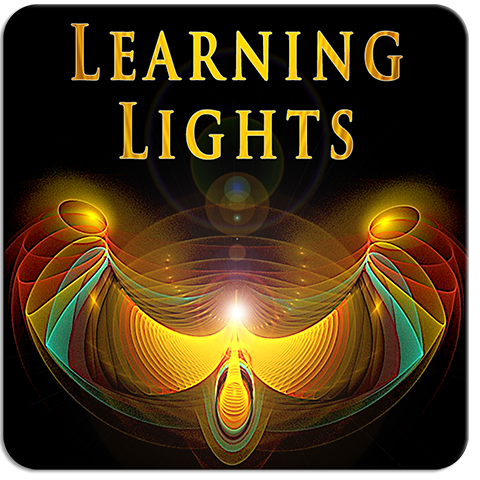This is a 3-post series on the nature of Social Influence and its impact in a Classroom.
As classroom trainers, we could make our training programs more effective if we could find the answers to questions such as the ones listed below:
- Why some people become leaders and other followers?
- Why a bully might be capable of disrupting a classroom full of adult learners?
- Why it’s difficult to regain lost learner engagement?
There’s a long list of whys that can be answered only if we understand the concept of Social Influence.
So,
What is Social Influence?
Before I fall into the trap of defining it in a crisp and concise way and lose your attention in the process, let me take you on a trip into your past.
- As a teenaged girl, you wouldn’t step out of your house in something that went out of fashion two years ago.
- As a teenaged boy, you had to be part of the cool-dude group in your college.
- As a daughter, you had to comply with your mother’s rules about the time you got home.
These or similar experiences happened because we were “socially influenced” – by the group of girls in the college, by those uber-cool dudes you were friends with, and by your own mother!
Social influence – The Definition:
Thus Social Influence can be understood as the influence that society (social groups, friends, family, and others) exerts either deliberately or unintentionally, and which brings about changes in someone’s behavior.
Social Influence – Factors / Forces:
As it’s clear from the above definition, Social Influence has many dimensions and it factors in different forces.
Some of these forces are:
- Charisma
- Authority
- Groupthink
- Expertise
- Emotions
- Trends
When we as individuals come across such forces, we change our behavior. Let us take some examples:
Charisma as a Factor:
A charismatic person (the religious guru, the motivational speaker) might be able to influence our thought process by saying those very things that we’ve been hearing all our lives but never paid heed to.
Authority as a Factor:
Similarly a person who has some kind of authority recognized by the society (a policeman, a teacher, a doctor) can make us do things that we would probably never do if we didn’t know of their authority.
Groupthink as a Factor:
Members of group often begin to accept the majority view (despite their own views being different) because they don’t want a conflict.
Reflect upon the other three factors – it isn’t difficult to see how they influence the behavior of people, all the time:)
I’ll discuss more about these forces and how they manifest themselves in a classroom in my next post. Until then, keep an eye on what’s happening around you. I am confident that you’ll find many examples of social influence strewn around you as you navigate your way through your day.



